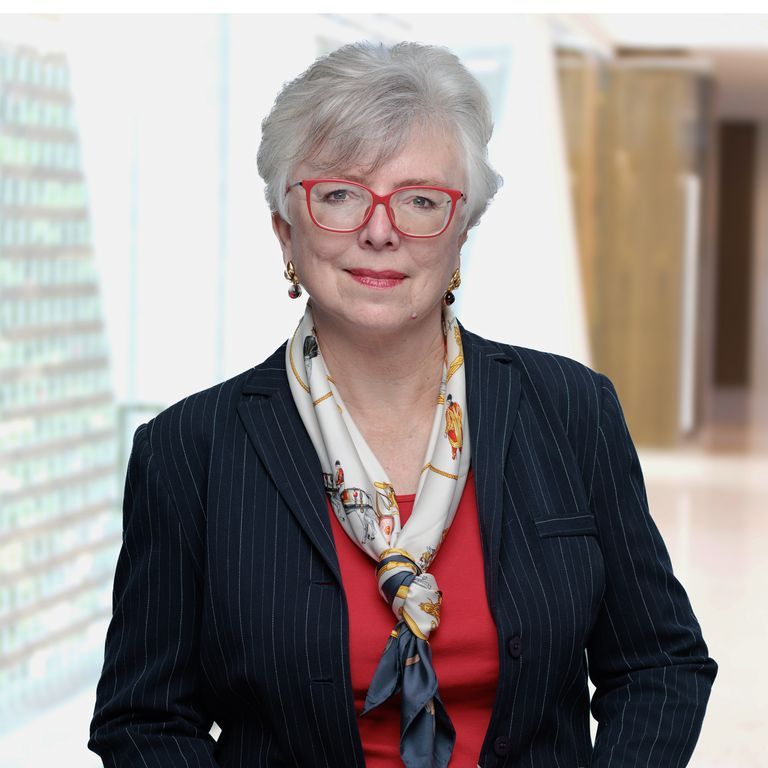Overview
The ceasefire agreement signed in mid-July 2025 in southern Syria's Suwayda province represents a critical juncture in the ongoing Syrian conflict, marking both a temporary halt to devastating sectarian violence and the beginning of an uncertain period of reconstruction and reconciliation. The agreement, brokered through complex diplomatic channels involving Syrian government forces, local Druze leaders, Bedouin tribal authorities, and international mediators including the United States, has brought a tenuous calm to a region that has witnessed some of the most brutal communal violence in Syria's 14-year civil war.
The fighting in Suwayda is a microcosm of the challenges facing post-Assad Syria. While there are considerable interests in the region supporting stabilization and reintegration of Syria into the international community, building an internal consensus on the way forward is daunting. Without internal stability, the Syrian leadership will find it difficult to convince international partners to lift sanctions and invest in Syria’s reconstruction and future.
The Immediate Aftermath: A Humanitarian Crisis
The ceasefire's most immediate impact has been the halting of active combat operations that have claimed hundreds of lives and displaced over 128,000 people, according to UN estimates. The Syrian Ministry of Health reported at least 260 fatalities and 1,700 wounded, though other monitoring groups suggest the death toll exceeded 900 people. These disparities in casualty figures reflect the chaotic nature of the conflict and the difficulty of obtaining accurate information from the affected areas.
The humanitarian situation in Suwayda remains critical weeks after the ceasefire took effect. Hospital systems that were already strained by years of conflict found themselves overwhelmed by the sudden influx of casualties from the July clashes. Medical facilities struggled to cope with both the immediate trauma cases and the ongoing healthcare needs of displaced populations. Infrastructure damage from the fighting has disrupted electricity, water supply, and telecommunications, creating additional challenges for both humanitarian operations and efforts to restore the province back to normal life.
International humanitarian organizations, including the Syrian Arab Red Crescent, have begun delivering medicine and food supplies to the province, but access remains complicated by security concerns and logistical challenges. The Kurdish-led Democratic Autonomous Administration of North and East Syria (DAANES) has also provided humanitarian assistance, highlighting the complex web of actors involved in addressing the crisis.
Political Dynamics and Power Realignments
The ceasefire agreement has fundamentally altered the political landscape in southern Syria. The Syrian government's decision to withdraw its forces from Suwayda city and allow limited autonomy to local Druze authorities represents a significant tactical shift in Damascus's approach to controlling peripheral regions. This withdrawal, conducted under the terms of the ceasefire, effectively acknowledges the government's inability to maintain control through military force alone in areas where it lacks popular support.
However, this apparent concession masks a more complex reality. The agreement calls for the "full integration of Suwayda into the Syrian state," suggesting that Damascus views this as a temporary tactical retreat rather than a permanent surrender of sovereignty. The deployment of Syrian security forces to restore order, approved even by Israel for a limited 48-hour period, indicates that the government retains significant leverage and enjoys international recognition of its authority over the province.
The role of local Druze leadership has been complicated by internal divisions. While some leaders, including those who negotiated the ceasefire, have called for integration with the Syrian state, others like Hikmat al-Hijri have advocated for continued armed resistance. These divisions reflect deeper questions about the Druze community's future in Syria and what their relationship will look like with the post-Assad government.
Regional and International Implications
The conflict and subsequent ceasefire have drawn significant international attention, particularly from Israel and the US. Israel's military intervention during the height of the violence, including airstrikes against Syrian government-held positions, demonstrated the Israeli government's commitment to protecting Druze populations across the border. Israel’s decision to allow Syrian security forces back into the region, albeit temporarily, suggests a more pragmatic approach to regional stability over ideological opposition to the post-Assad government.US involvement in brokering elements of the ceasefire underscores America’s enduring interest in Syrian affairs, despite broader strategic pivots toward other regions. US Special Envoy for Syria and Ambassador to Turkey Tom Barrack called on Druze, Bedouins, and Sunnis to stop fighting and work with other minorities to create a “new and united Syrian identity in peace and prosperity with its neighbors,” emphasizing US commitment to fostering stability in the region. Complementing this vision, US Secretary of State Marco Rubio highlighted the importance of collaboration among relevant parties, announcing collectively agreed-upon “specific steps” aimed at ending the conflict in Syria. Together, these statements underscore successful US diplomatic engagement with regional leaders and a strong interest in deescalating tensions.
However, the limitations of American influence were made evident in its inability to prevent the initial outbreak of violence. The international response has also highlighted the complex sectarian dimensions of the conflict. The Kurdish YPJ's offer to protect Druze women and civilians, while largely symbolic, demonstrates how Syrian minorities increasingly view each other as potential allies against Sunni Arab dominance. This dynamic has implications far beyond Suwayda, potentially reshaping inter-communal relations throughout Syria.
Security Challenges and Fragility
Despite the formal ceasefire, security in southern Syria remains precarious. Reports of continued sporadic violence and the slow pace of Bedouin family evacuations from Suwayda city indicate that tensions remain high. The agreement's success depends heavily on the willingness of all parties to respect its terms, but the underlying grievances that sparked the conflict remain largely unaddressed.
The presence of various armed groups, from Druze militias to Bedouin tribal fighters, creates multiple potential flashpoints. The Syrian government's security forces, while officially responsible for maintaining order, lack the trust and legitimacy necessary for effective policing in a community that has experienced significant trauma at their hands.
External factors continue to threaten stability. Israeli military operations in the broader region, while not directly targeting Suwayda, has created an atmosphere of tension that could easily escalate and trickle into Suwayda. Moreover, Syria’s porous border with Jordan and the presence of various smuggling networks add additional layers of complexity to developing lasting security arrangements.
Long-term Prospects and Reconstruction Challenges
The post-ceasefire period has revealed the enormous challenges facing any sustainable resolution to the crisis in southern Syria. Beyond the immediate humanitarian needs, the region requires substantial investment in infrastructure reconstruction, economic development, and social reconciliation programs. The Syrian government, already struggling with a collapsed economy and international sanctions, has limited resources to dedicate to rebuilding Suwayda.
The displacement of over 128,000 people has created long-term demographic challenges. Many displaced families may be reluctant to return to areas where they experienced violence, potentially creating permanent shifts in the region's ethnic and sectarian composition. This could have lasting political implications for local governance and representation.
Economic reconstruction faces particular challenges given the destruction of local businesses and agricultural infrastructure during the fighting. The Suwayda province's economy, already weakened by years of conflict and sanctions, will require substantial external assistance to recover. However, international donors remain reluctant to invest in Syria’s reconstruction. Although the US and EU have rolled back sweeping sanctions on Syria, UN sanctions and targeted sanctions on Assad regime networks remain in place. As a result, Syria has begun transitioning from a largely inaccessible market for investors to a cautiously emerging one, yet significant risks tied to sanctions exposure remain.
The recent fighting in Suwayda further underscore the security uncertainty left in Assad’s absence, with potential uprisings and power struggles posing serious risks to future investments. In contrast, Gulf states have moved quickly to capitalize on Syria’s evolving landscape. Saudi Arabia and Qatar have signed billion-dollar contracts with the new Syrian government aimed at addressing infrastructure deficiencies, signaling the government’s growing openness to foreign investment and highlighting the increasing influence of regional players in reshaping Syria’s post-Assad economic trajectory.
Conclusion: A Precarious Peace
The July 2025 ceasefire in southern Syria represents both an achievement and a warning. While the immediate cessation of violence has saved lives and created space for humanitarian assistance, the underlying conditions that sparked the conflict remain largely unchanged. The agreement's success will ultimately depend on the willingness of all parties to move beyond the immediate crisis toward addressing fundamental questions of governance, representation, and economic opportunity.
The international community's response to the crisis has demonstrated both the possibilities and limitations of diplomatic intervention in Syria's complex conflicts. While external pressure helped achieve a ceasefire, sustainable peace will require far more comprehensive engagement with the root causes of communal tension and state failure.
As southern Syria enters this uncertain post-ceasefire period, the experiences of Suwayda may serve as either a model for conflict resolution in other parts of the country or a cautionary tale about the fragility of negotiated settlements in the absence of broader political transformation. The coming months will be crucial in determining which of these outcomes prevails.



